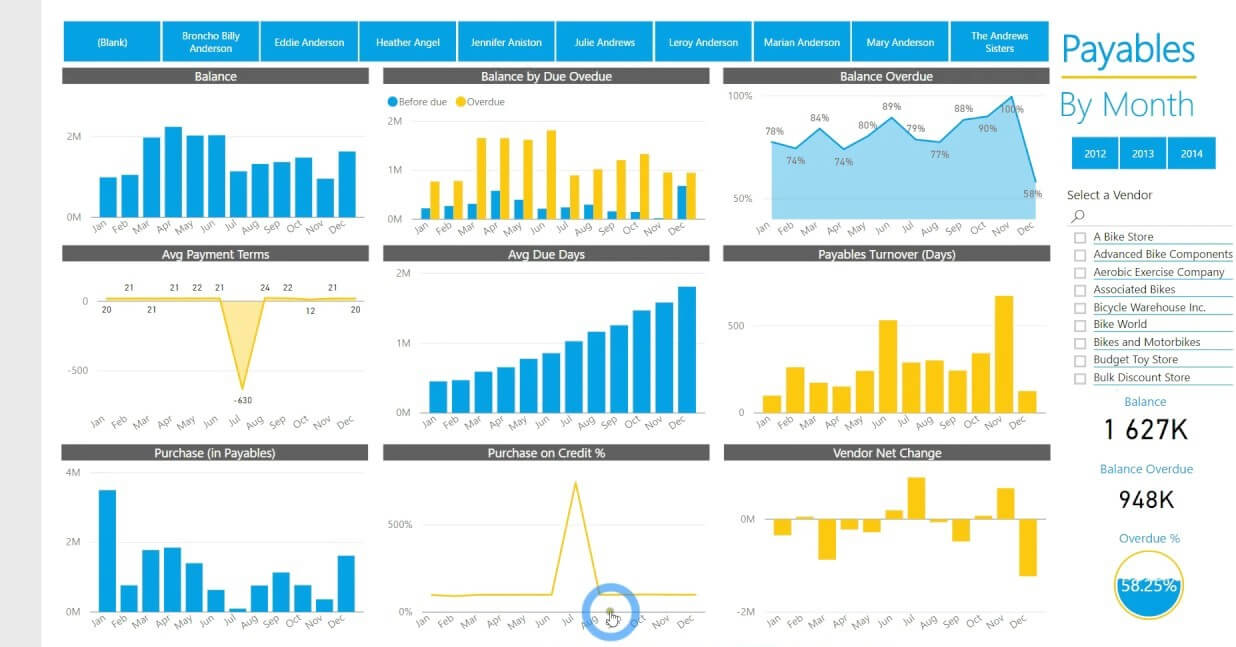- Identify the most common challenges
- Identify the root cause of these challenges
- Ensure all stakeholders understand their role in the P2P process
Covid-19 has made digitalization a top priority for 2021. The main challenge for finance leaders will be to accelerate growth and digitalization while maintaining and/or improving the financial health of the organization, Gartner research states.
Considering AP from a holistic perspective
Let’s have a closer look at the accounts payable (AP), where the business process starts with the digitalization of incoming documents, invoices that are used for further automated processing, storing, or sharing.
When searching for AP automation software, you might get overwhelmed by the number of best-in-class providers, all promising top results with advanced analytics, high automation rates, and touchless processing of incoming invoices up to the payment. Their scope ranges from OCR solutions to full procure-to-pay suites. But before you jump to conclusions, choosing one of the available options on the market for AP automation, it is important to consider the AP from a holistic perspective.

Remedying inefficiencies in early stages
Even though AP teams tend to struggle with backlogs without being able to prioritize the workload leading to late payments and complaints from vendors, the digitalization of the “as-is” AP process will not necessarily bring the solution and the expected improvements.
As AP is part of an end-to-end process - procure to pay (P2P) – the inefficiencies in earlier stages such as requesting, ordering and receiving a good/service might cause significant backlogs in AP which might not be avoided by implementing new software.
Maximizing the ROI
In order to maximize the return on investment of the AP/P2P software project, the end-to-end process has to be analyzed first. Once the initial stages of the process are optimized, the invoice processing can be automated more easily.
- Identify the most common challenges your AP team faces when processing invoices. Probably you would come across issues like a ‘no purchase’ order reference on the invoice; invoices not addressed to the right legal entity; prices and quantities not matching with the order; purchase orders missing in the system; VAT mismatches etc. Even with the most advanced automation tool, many of them will still need manual handling by AP, procurement officers and approvers.
- Identify the root cause of those challenges and address them. Is there any contract or alignment with the supplier specifying the invoicing requirements? Automatic processing would be disrupted by mismatches in the case that agreements about invoicing and payment are missing or not being followed. Are clear guidelines communicated to the suppliers by contract agreement or purchase order regarding the data required on the invoice and the legal entity to be used for billing? Are the purchase orders created based on the incoming invoice? Train the requestors, the procurement team to not purchase anything without registration in the system. Furthermore: communicate to your suppliers to not deliver any good/service without an official purchase order or contract agreement.
- Ensure all involved stakeholders understand their role in the P2P process, as well as their contribution and the impact of performing or not performing a particular task. Late payments and long processing times of invoices tend to occur due to lack of end-to-end process awareness of the stakeholders and due to lack of training and support. Listen to their concerns and suggestions when considering the introduction of a new tool. The involvement and buy-in of all key stakeholders increase the success of any project. But also make sure to have a plan that can sustain the change. A close follow-up and monitoring of the process, as well as identification and resolution of any inefficiencies, are the drivers for improvement initiatives.
To summarize, there are important steps to take before selecting an AP automation tool. If going straight to any software implementation partner, you might end up with a great tool, promising high automation and processing rates in general. However, during the software implementation, there is rarely a process improvement phase that would be crucial to increase the best cost-benefit ratio.
Related content
-
Blog
The inconvenient side of ESG investing
-
Blog
UK pilot program for sharing bank branches
-
Article
Xavier Gabriëls: ‘Businesses don't have the luxury of choosing which challenge to focus on. They have to tackle them all’
-
Article
Three Hacks to structurally improve your Credit & Collection
-
Blog
"The world of bookkeeping is exciting"
-
Article
Five reasons to work with 'Zoomers’